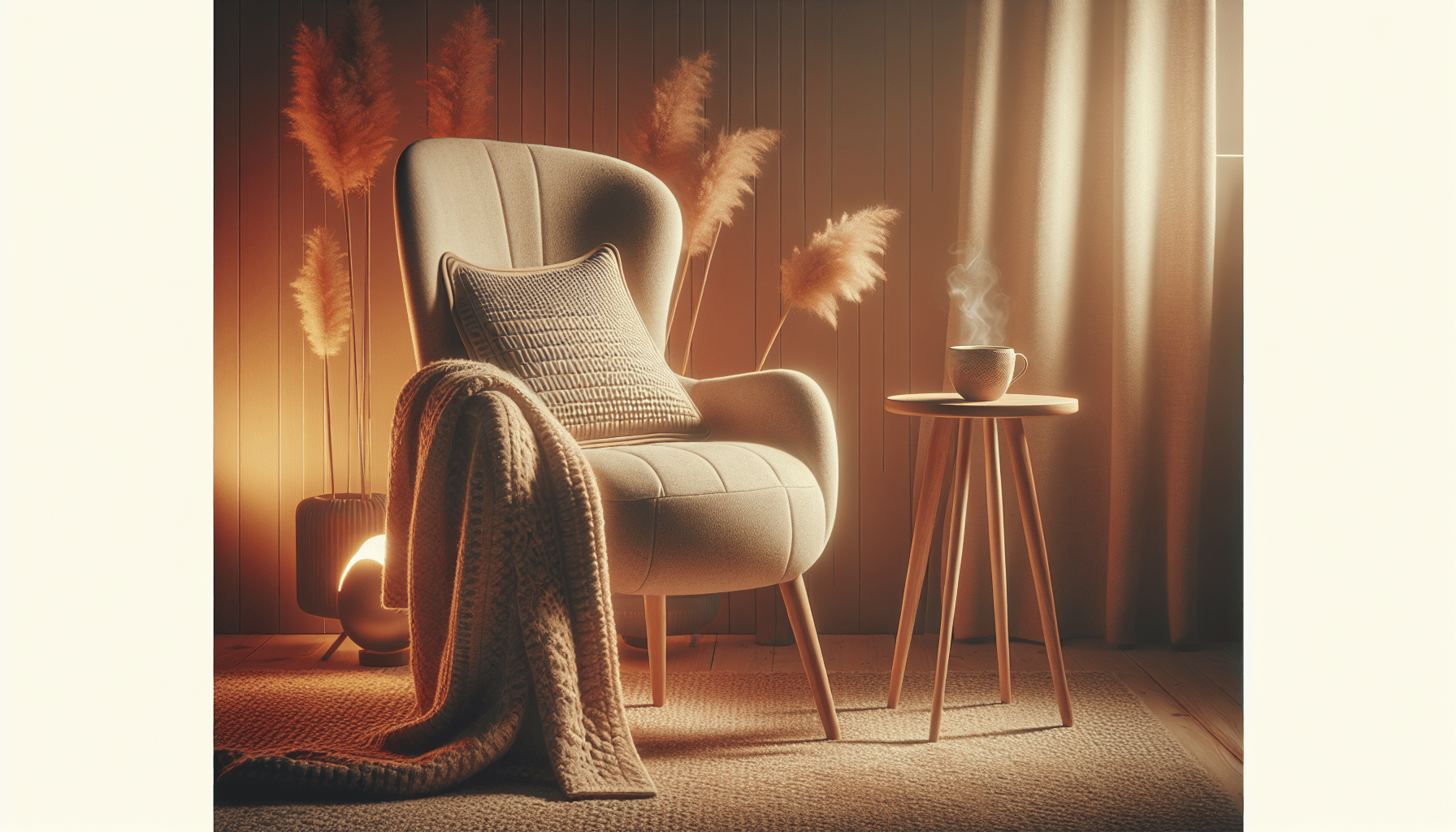Have you ever found yourself in a chilly room, seeking comfort from a heating pad? It’s amazing how a little warmth can melt away the day’s aches and pains. But before you get too cozy, let’s talk about using heating pads safely and effectively. After all, you wouldn’t want your quest for relaxation to lead to unintended mishaps. So, here are ten safety tips for using heating pads effectively.

1. Choose the Right Heating Pad
When it comes to heating pads, it’s important to select one that meets your needs. Different pads come with various features such as adjustable heat settings, automatic shut-off, and size dimensions tailored to specific areas of the body. You might prefer a large pad for your back or a smaller one for a joint like your knee.
Why Size Matters
A pad that’s too small may not cover the area in pain, while one that’s excessively large can be unwieldy and hard to manage. Additionally, look for one that offers even heat distribution. A pad with multiple sections may be more effective at targeting specific pain points.
2. Read the Instructions
Before diving into comfort mode, take a moment to read the instructions that come with your heating pad. This might sound like a tedious chore, but it’s crucial for ensuring safe usage. Manufacturers often provide helpful guidelines on how to use their product properly and what precautions to observe.
Basic Tips from the Manual
Every heating pad is different. Your manufacturer may outline optimal heating times. Some pads recommend using for a maximum of 20 minutes at a time, while others may allow for longer usage periods depending on the heat setting.
3. Keep It Clean
While the coziness of a heating pad can be utterly delightful, it’s essential not to overlook hygiene. Over time, heating pads can accumulate dirt, sweat, and even certain oils from your skin. These elements can create a less than pleasant experience.
Cleaning Your Pad
Make it a habit to check the cleaning instructions for your specific pad. Many are machine-washable, while others might just need a quick wipe with a damp cloth. Regardless, you should always ensure that the pad is unplugged and cool to the touch before cleaning.
4. Avoid Using While Sleeping
While falling asleep with a warm heating pad can feel heavenly, it’s safer to avoid this temptation. Falling asleep with the pad still plugged in poses a risk of overheating or burns.
Better Sleep Solutions
If you’re really struggling with sleep issues, consider other methods. Perhaps a warm cup of herbal tea before bed or a warm shower could mellow your mind without the risks of heated blankets or pads.

5. Limit the Duration of Use
When it comes to heating pads, less can often be more. Excessive heat exposure can irritate the skin and lead to burns. Most guidelines recommend limiting usage to 15-30 minutes, allowing your skin to breathe in between sessions.
The Importance of Breaks
Taking breaks also allows your body to feel the benefits of heat without the risks associated with prolonged exposure. Listening to your body is key—if you notice any discomfort or excessive heat, it’s wise to take a break or reduce the setting.
6. Test the Temperature
Before applying your heating pad, take a moment to check the temperature. It might seem like a trivial point, but testing the heat setting can help avoid burns.
How to Test It
You can press the pad against the inside of your wrist, a sensitive area that will help gauge whether the temperature is bearable. If it feels too hot, give it a moment to cool down or adjust to a lower setting.
7. Avoid Direct Skin Contact
Heat is great for alleviating tension, but applying it directly to your skin can increase the chances of burns or irritation.
What to Use Instead
Consider placing a thin cloth or towel between your skin and the heating pad. Not only does this provide a protective barrier, but it also absorbs some heat, which may help to create a more enjoyable experience.
8. Mind the Cord
Cords can be a potential hazard when using heating pads, especially if they get tangled or crushed underneath furniture.
Keeping It Safe
Position your heating pad’s cord so it’s out of the way of foot traffic and isn’t prone to being kinked or bent. Also, check for any signs of damage, like fraying or exposed wires, before plugging it in.
9. Monitor for Changes in Your Skin
Your skin reacts to heat, and it’s crucial to monitor any changes. Check for signs of redness, irritation, or discomfort that arise during use.
Understanding Your Body’s Signals
If you notice any worrying changes, don’t hesitate to discontinue use. Redness or a burning sensation indicates that your skin is overheating, and the heating pad should be removed. Safety should always come first!
10. Consult a Doctor if Necessary
If you have specific medical conditions, such as diabetes or cardiovascular issues, it’s essential to consult your healthcare provider before using a heating pad.
Why It Matters
Certain conditions can make your skin more sensitive to heat, increasing the risk of burns. Discuss your symptoms and get personalized advice about how best to relieve pain safely and effectively.
Conclusion
Using a heating pad can be a soothing and comforting experience, but it comes with its own set of safety considerations. By following these ten tips, you can ensure a delightful and hazard-free journey into relaxation. Remember, your comfort is paramount—so take the time to use your heating pad safely, and enjoy every moment of warmth!

